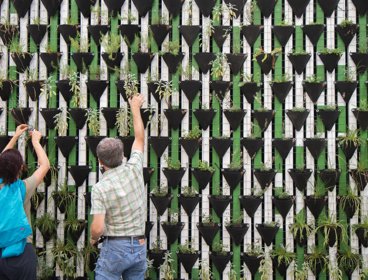By Peter Hopkins, Newcastle University
Working with voluntary and community organisations for some is a very important way to do geography. Here we refer to voluntary and community organisations; such organisations are also often referred to as the third sector, the voluntary sector, not-for-profit organisations, community groups or the civic sector.
According to the National Council for Voluntary Organisations in the UK, there were 165,758 voluntary organisations operating in 2019/20. This sector contributes about £20 billion to the UK economy (1% of GDP), employs about 952,000 people, and has grown by 27% since 2011. Women make up 67% of the workforce, and there has been an increase in people over 50 and disabled people working in the sector in the last two years. 16.3 million people volunteered through a group or organisation in 2020/21 and more than a quarter of the population were involved in informal volunteering at least once a year. This is only the data for the UK; there are many voluntary and community organisations operating in different local, community, urban, national, and international contexts across the world.
Voluntary organisations focused on social services make up around one fifth of the sector with a significant number of organisations focused on culture and recreation, religion, parent teacher associations, development, and education. Voluntary groups focusing on research and international development make up most of the top ten voluntary organisations by income. The focus of community and voluntary organisations is of much interest to geographers, especially for those working on societal issues or who want to engage locally with communities about the issues of importance to them, such as about the environment, health and wellbeing, or social exclusion and social justice.
In this guide, we share the experiences of researchers doing geography in collaboration with community and voluntary organisations. A range of topics and issues are explored from health, disability, and care, through to austerity, violence, and craft, amongst others. We learn about the approaches taken by geographers in their work with community and voluntary organisations, and some of the challenges they have negotiated in the process.
How to cite
Hopkins, P. (2023) Introducing the 'doing geography with voluntary and community organisations' guide. Working with voluntary and community groups. Royal Geographical Society (with IBG) Guide. Available at: https://doi.org/10.55203/VHVV5901
About this guide
Working with voluntary and community organisations for some is a very important way to do geography. These organisation come in various shapes and sizes and may also often be referred to as the third sector, the voluntary sector, not-for-profit organisations, community groups or the civic sector. In this guide, we share the experiences of researchers doing geography in collaboration with community and voluntary organisations. A range of topics and issues are explored from health, disability and care, through to austerity, violence, and craft, amongst others. We learn about the approaches taken by geographers in their work with community and voluntary organisations, and some of the challenges they have negotiated in the process.




